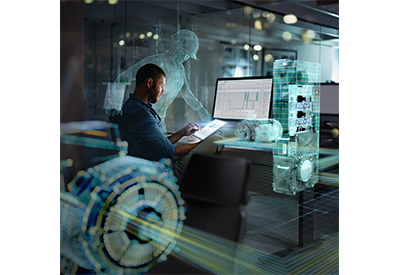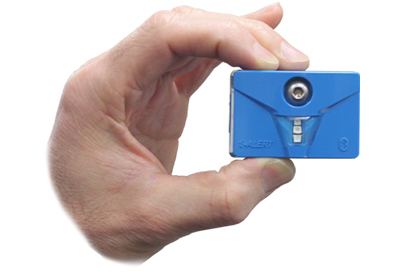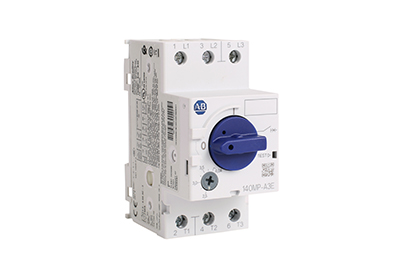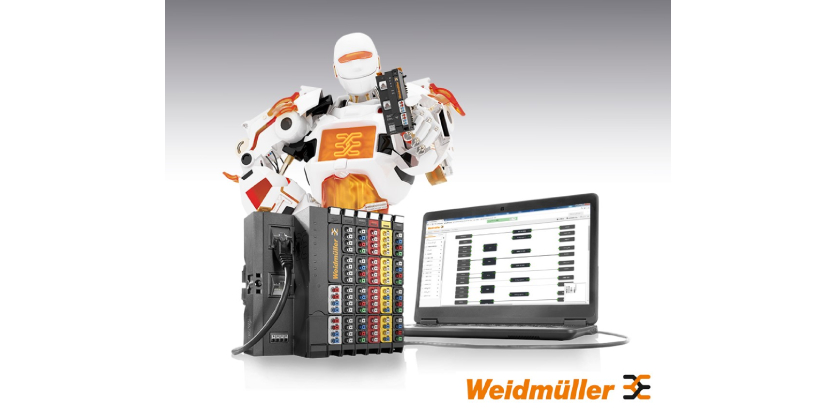Siemens: Get More Out of Your Drive Systems With Digitalization

November 19, 2020
The future is digital – including in the industrial sector. Thanks to digitalization and networked processes, companies can produce more flexibly and reliably, and they can respond to events more rapidly. Digitally enhanced drive components are an important step toward digitalized automation. With SIDRIVE IQ, you can now benefit from an IoT digitalization solution for drive systems. Take advantage of digitalization to enter a new dimension of availability, serviceability, productivity, and efficiency.
SIDRIVE IQ: The next step toward the digital drive train
Drive systems play a key role in countless production processes and are ultimately what keep the entire production going. Faults or failures involving components like motors and converters have costly consequences. Avoiding these faults by taking timely and deliberate action requires intelligent transparency – which allows for measures like targeted, proactive, and well-timed maintenance.
SIDRIVE IQ now provides just that: Thanks to SIDRIVE IQ, you can monitor, analyze, and optimize drive systems digitally, which makes the operational and condition data of your drive components transparent. It also helps you identify maintenance requirements and optimization potential, so it’s the ideal choice for maximizing the availability, efficiency, performance, and serviceability of your drive train. This in turn increases your productivity and lays the foundation for your company’s success, both now and in the future.





